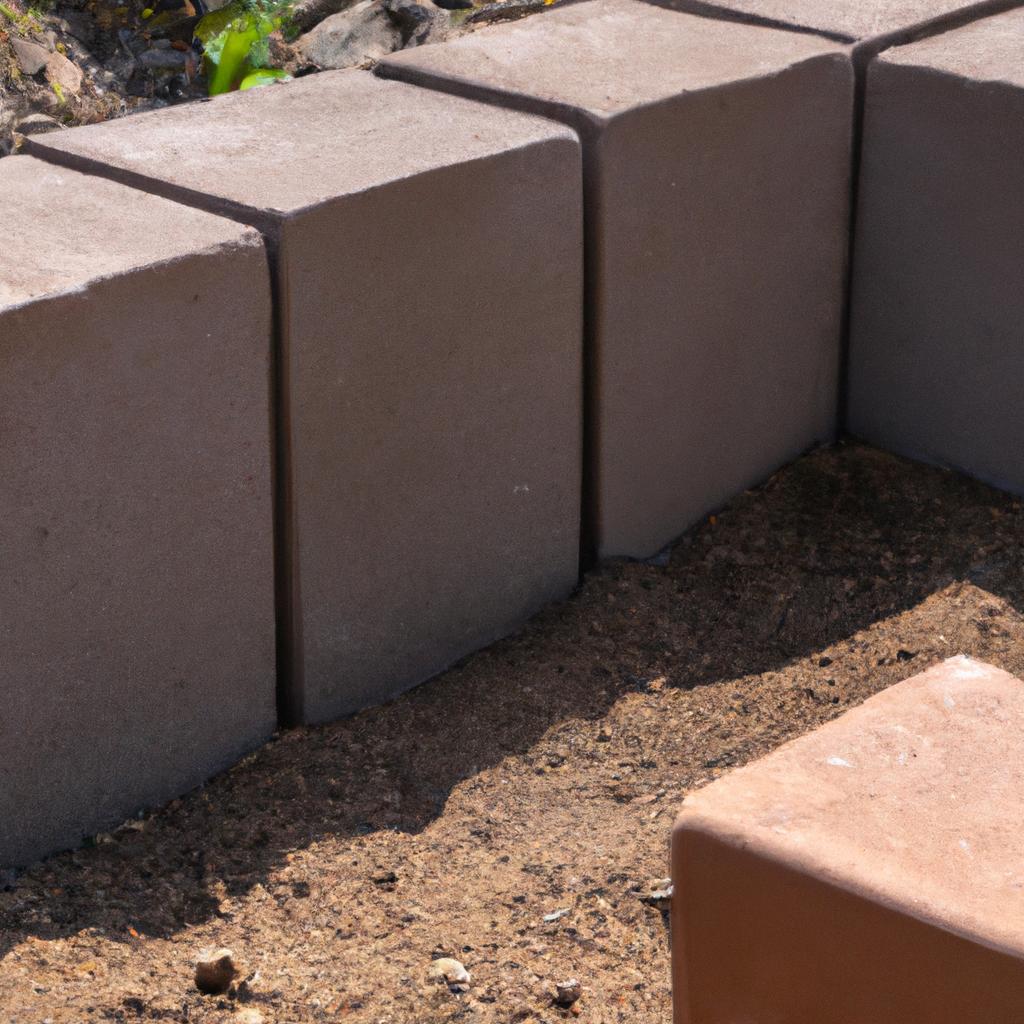Learn how to build a raised garden bed with concrete blocks and elevate your gardening experience. Create a durable and versatile space for your plants to thrive.
Introduction
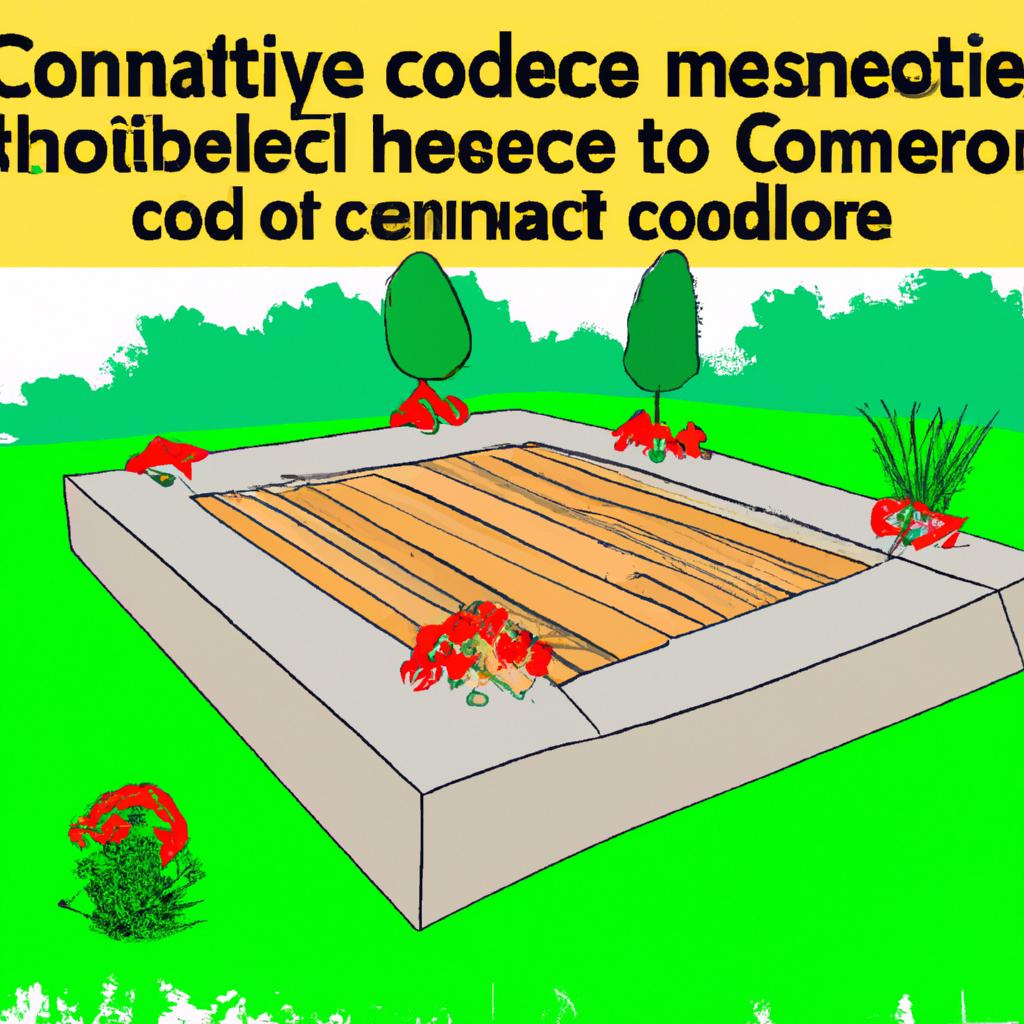
How to Build a Raised Garden Bed with Concrete Blocks? Are you ready to take your gardening game to new heights? Building a raised garden bed with concrete blocks is a fantastic way to create a beautiful and functional space for your plants to thrive. Not only do raised garden beds offer numerous benefits, but using concrete blocks as the building material adds a touch of durability and versatility to your project.
Gone are the days of bending over uncomfortably or dealing with poor soil quality. With a raised garden bed, you have full control over the soil composition, drainage, and accessibility. Plus, they provide better protection against pests and weeds, resulting in healthier plants and bountiful harvests.
Concrete blocks, commonly known as cinder blocks, are a popular choice for building raised garden beds. They are affordable, readily available, and easy to work with. The hollow cores of the blocks also provide natural insulation for the plants, extending the growing season in cooler climates.
In the following sections, homegardenartful.com will guide you through the process of building your own raised garden bed with concrete blocks. We’ll cover everything from selecting the perfect location to the step-by-step construction process. Get ready to unleash your inner gardener and create a stunning raised garden bed that will be the envy of your neighborhood!
So, let’s dive in and discover the secrets to building a raised garden bed with concrete blocks. Get ready to elevate your gardening experience to new heights!
How to Build a Raised Garden Bed with Concrete Blocks: Choosing the Right Location
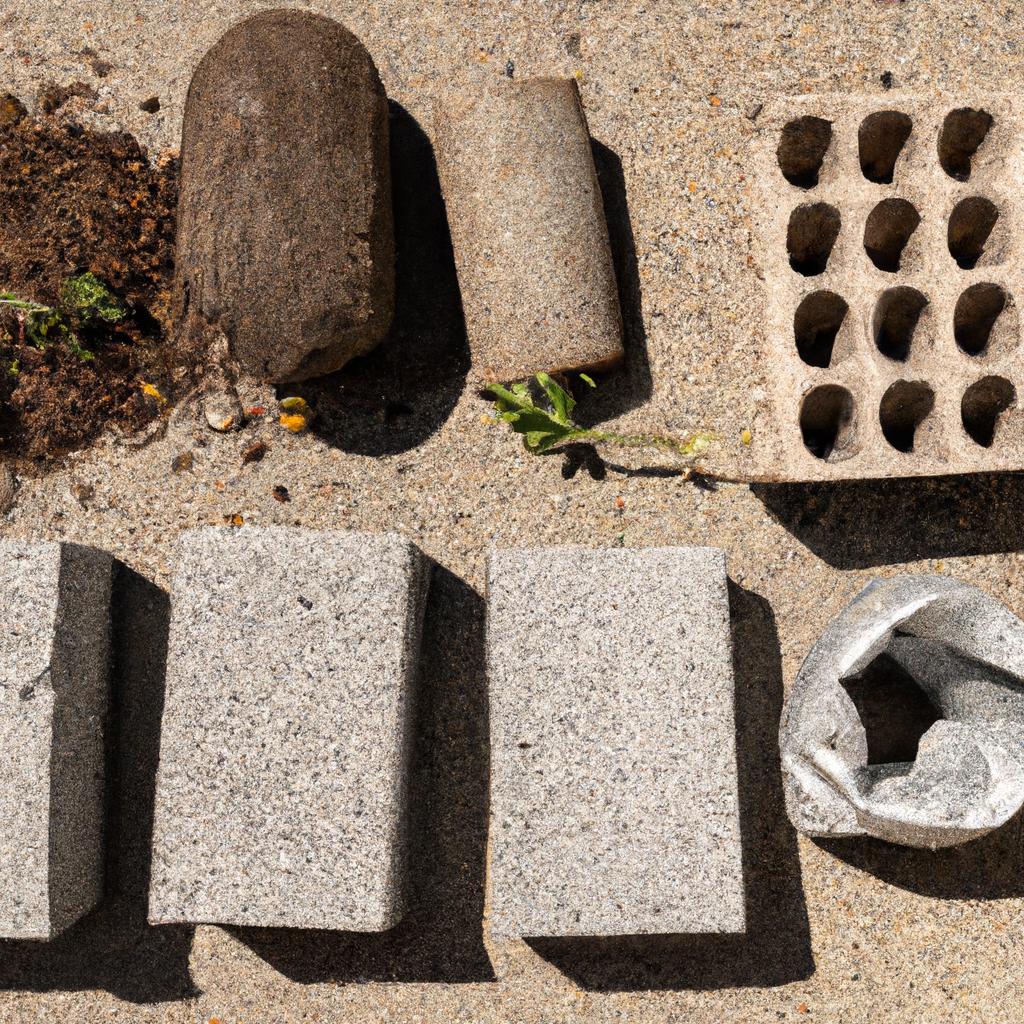
Factors to Consider
When it comes to building a raised garden bed with concrete blocks, selecting the right location is crucial for the success of your plants. Here are a few key factors to consider when choosing the ideal spot for your raised garden bed:
Sunlight Exposure
One of the most critical considerations for your raised garden bed is the amount of sunlight it will receive. Most vegetables and herbs require at least 6 hours of direct sunlight daily. Observe your yard throughout the day to determine which areas receive the most sunlight. Choose a location that provides ample sunlight to ensure healthy plant growth and optimal yields.
Soil Drainage
Good soil drainage is essential for the health of your plants. Avoid areas with poor drainage, as excessive moisture can lead to root rot and other plant diseases. Look for a spot where water doesn’t accumulate after rain or watering. If your chosen area has drainage issues, consider improving it by adding organic matter or creating a slight slope for better water flow.
Accessibility
Consider the accessibility of your raised garden bed. You’ll want a location that is easily accessible for tending to your plants, watering, and harvesting. Avoid placing the bed too close to obstacles, such as large trees or structures, that may cast shadows or make it difficult to maneuver around the garden.
By carefully considering these factors, you can ensure that your raised garden bed is situated in the optimal location for plant growth and your gardening convenience. Once you’ve identified the perfect spot, you’re ready to move on to the next step: gathering the necessary materials.
Gathering the Necessary Materials
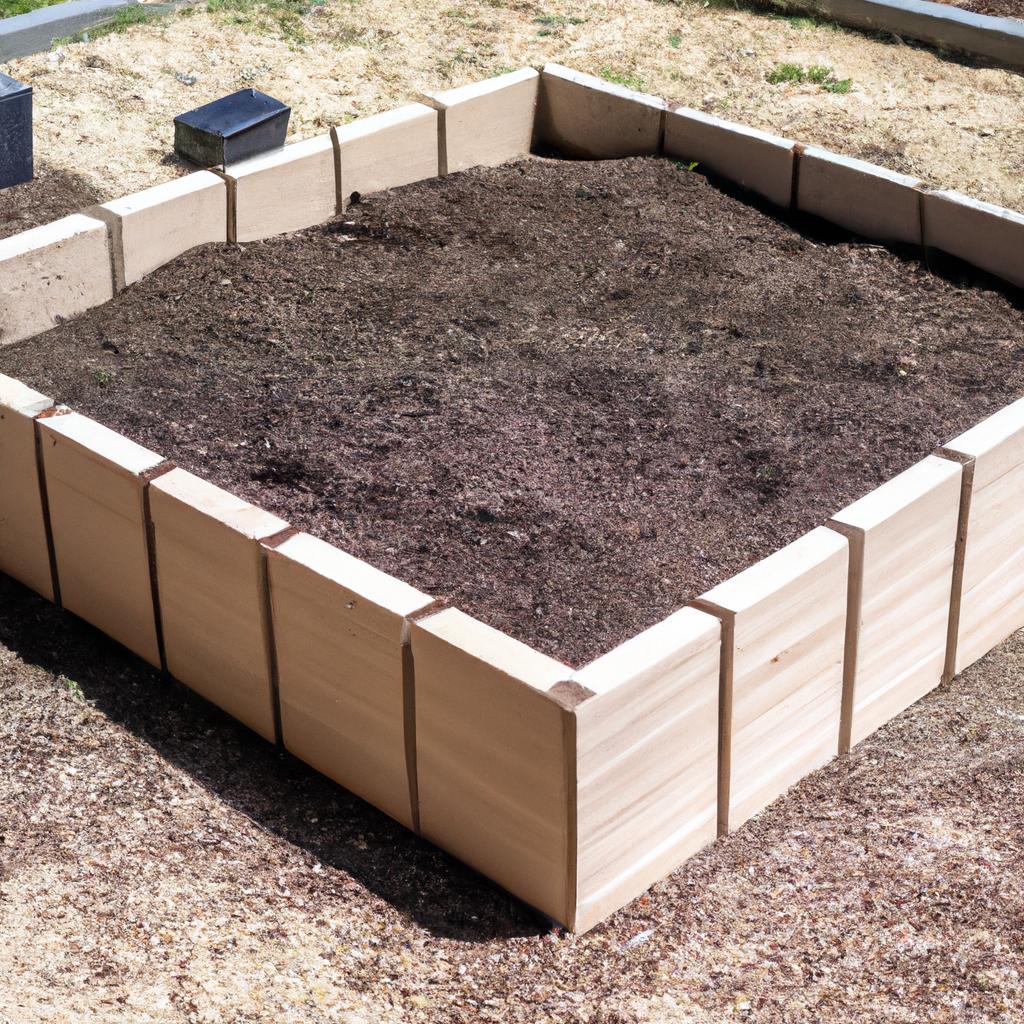
When it comes to building a raised garden bed with concrete blocks, having the right materials at hand is essential. Here’s a comprehensive list of everything you’ll need to get started:
Concrete Blocks
The foundation of your raised garden bed will be made up of concrete blocks, also known as cinder blocks. These blocks provide stability and structure to your garden bed. Measure and calculate the number of blocks required based on the size and dimensions of your desired raised bed.
Garden Soil
Choosing the right soil is crucial for the success of your plants. Opt for a high-quality garden soil that is rich in nutrients and well-draining. It’s best to avoid using soil from your yard, as it may contain weeds or pests. Consider adding organic matter, such as compost or aged manure, to improve the soil’s fertility and texture.
Compost
Compost is a gardener’s secret weapon for healthy plant growth. It enriches the soil with essential nutrients, improves its structure, and promotes beneficial microbial activity. Incorporate compost into your raised garden bed to provide a nutrient-rich environment for your plants to thrive.
Optional Accessories
To further enhance the functionality and longevity of your raised garden bed, consider using optional accessories such as landscape fabric or a weed barrier. Landscape fabric helps prevent weed growth and retains moisture, while a weed barrier adds an extra layer of protection against intrusive plants. These accessories can be particularly beneficial if you’re dealing with a weedy area or want to minimize maintenance efforts.
Now that you have gathered all the necessary materials, it’s time to roll up your sleeves and start constructing your raised garden bed with concrete blocks. But before that, let’s explore the step-by-step construction process in the next section.
Step-by-Step Construction Process
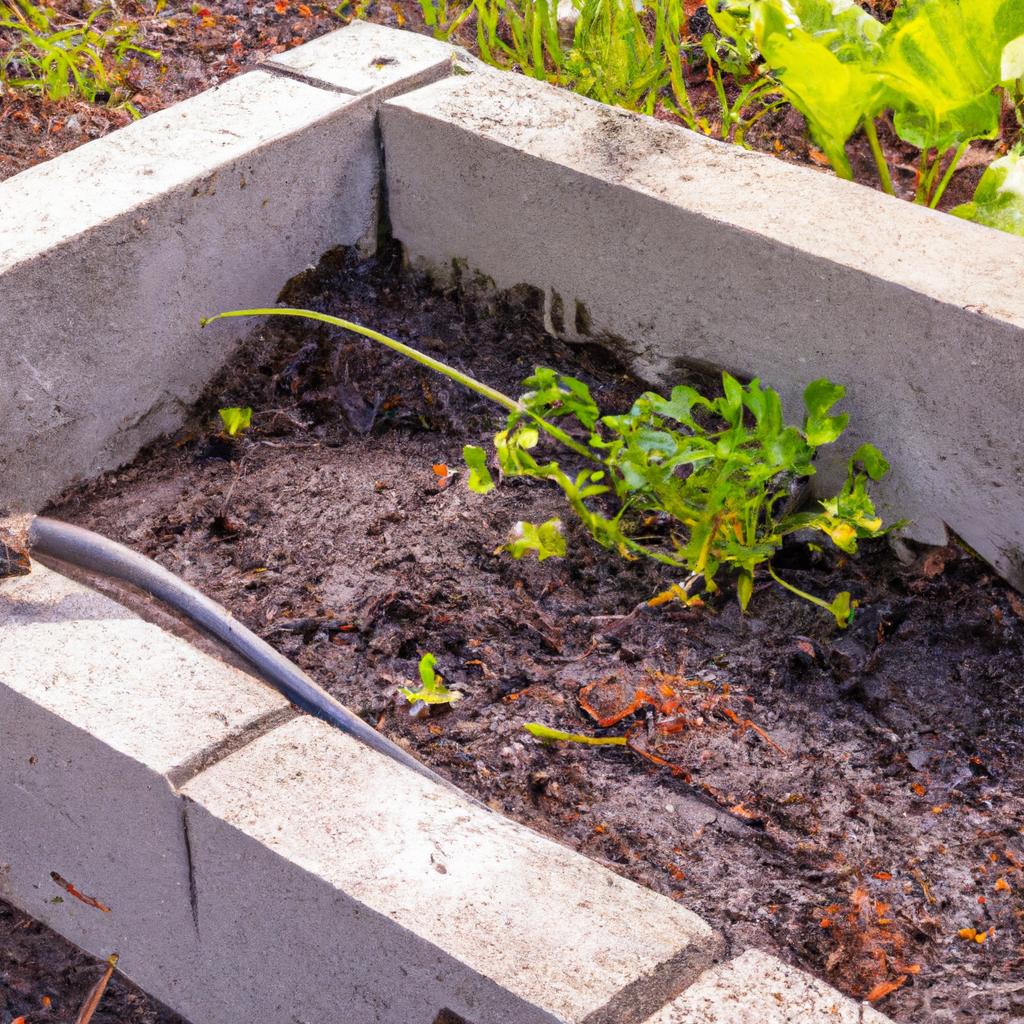
Preparing the Ground and Leveling the Area for the Garden Bed
Before you start building your raised garden bed, it’s essential to prepare the ground properly. First, choose a suitable location that receives adequate sunlight for your plants. Then, clear the area of any existing vegetation or debris. Level the ground using a shovel or rake to ensure a flat and stable surface for your garden bed.
Laying the First Layer of Concrete Blocks and Ensuring Proper Alignment
Begin by placing the first layer of concrete blocks on the leveled ground. Lay them in a rectangular or square shape according to your desired dimensions. Make sure the blocks are aligned correctly, using a level to ensure they are even and straight. This will provide a stable foundation for the rest of the construction process.
Building Subsequent Layers, Interlocking the Blocks Securely
Once the first layer is in place, continue building subsequent layers by stacking more concrete blocks on top. Interlock the blocks securely by staggering them, which helps distribute the weight evenly and adds stability to the structure. Ensure that each layer is level and aligned with the previous one to maintain a solid and uniform appearance.
Filling the Raised Bed with Soil and Organic Matter, Ensuring Proper Mixture
After completing the construction of the raised bed, it’s time to fill it with soil and organic matter. Use a mixture of high-quality garden soil and compost to provide the necessary nutrients for your plants. Aim for a balanced blend that offers good drainage while retaining moisture. Fill the bed gradually, layer by layer, and gently tamp down the soil to remove any air pockets.
Optional: Installing Landscape Fabric or Weed Barrier for Additional Weed Control
To further enhance weed control in your raised garden bed, consider installing landscape fabric or a weed barrier before filling it with soil. This additional layer acts as a barrier, preventing weed growth from underneath. Cut the fabric to fit the dimensions of your bed, and secure it in place using landscape staples. This step will help reduce the time and effort spent on weeding, allowing you to enjoy your garden more.
With these step-by-step instructions, you’re well on your way to building a sturdy and functional raised garden bed using concrete blocks. Now, let’s move on to the next section and explore essential maintenance tips to ensure your garden thrives.
Maintenance Tips for Raised Garden Beds
Watering Guidelines and Frequency
Proper watering is essential for the health and vitality of your raised garden bed. As a general rule of thumb, aim to keep the soil consistently moist but not overly saturated. The frequency of watering will depend on various factors such as the weather, plant types, and soil composition.
To determine when it’s time to water, check the moisture level by inserting your finger into the soil up to the first knuckle. If it feels dry, it’s time to water. Avoid watering in the evening to prevent excess moisture retention and potential fungal diseases. Instead, water in the early morning to allow the plants to absorb the moisture throughout the day.
Fertilization Techniques and Organic Options
To ensure your plants receive the necessary nutrients, regular fertilization is crucial. Organic options are highly recommended, as they promote soil health and minimize chemical exposure. Consider using compost, well-rotted manure, or organic fertilizers specifically formulated for vegetable gardens.
Apply the fertilizer according to the package instructions, taking care not to over-fertilize, as this can harm your plants. A general guideline is to fertilize every 4-6 weeks during the growing season. Additionally, top-dressing your raised garden bed with compost annually will enrich the soil and improve its structure.
Managing Pests and Diseases in Raised Garden Beds
Just like traditional gardens, raised garden beds are susceptible to pests and diseases. However, with proper management, you can keep these issues under control and maintain healthy plants. Here are a few tips to help you combat common garden problems:
- Natural Predators: Encourage beneficial insects such as ladybugs, lacewings, and praying mantises to control pests naturally. Planting companion flowers like marigolds and nasturtiums can attract these helpful insects.
- Physical Barriers: Use row covers or netting to protect your plants from pests like birds, rabbits, and deer. This will prevent them from feasting on your hard-earned harvest.
- Crop Rotation: Rotate your crops each year to prevent the buildup of pests and diseases that target specific plant families. This practice helps maintain a healthy ecosystem within your raised garden bed.
By following these maintenance tips, you can ensure the longevity and productivity of your raised garden bed. With proper watering, organic fertilization, and effective pest management, your plants will thrive, providing you with a bountiful and enjoyable gardening experience.
Conclusion
In conclusion, building a raised garden bed with concrete blocks is a rewarding and practical endeavor for any gardening enthusiast. By following the steps outlined in this article, you can create a beautiful and functional space that will not only enhance the aesthetic appeal of your garden but also provide you with a bountiful harvest of fresh produce.
The importance of raised garden beds cannot be overstated. They offer numerous benefits such as improved soil drainage, better weed and pest control, and easier access for planting, watering, and harvesting. By elevating your plants, you provide them with optimal growing conditions and protect them from potential ground-level issues.
Using concrete blocks as the building material for your raised garden bed adds an element of durability and versatility. The affordability and accessibility of concrete blocks make them an excellent choice for DIY garden projects. Their hollow cores also provide natural insulation, extending the growing season and allowing you to enjoy fresh produce for longer periods.
Remember, when choosing the location for your raised garden bed, consider factors such as sunlight exposure, soil drainage, and accessibility. Gathering the necessary materials and following the step-by-step construction process will ensure a successful project. Additionally, don’t forget to maintain your raised garden bed by watering, fertilizing, and managing pests and diseases.
So, what are you waiting for? Start planning your raised garden bed with concrete blocks today and experience the joy of growing your own food in a beautiful and functional space. Visit homegardenArtful.com for more gardening tips, inspiration, and expert advice.
Happy gardening!

